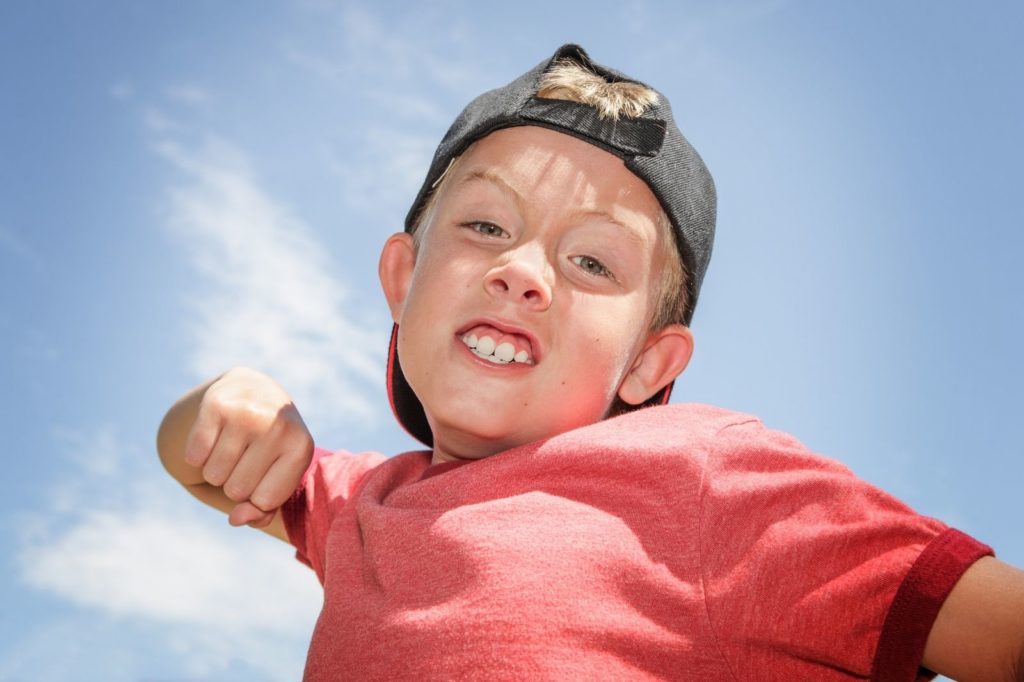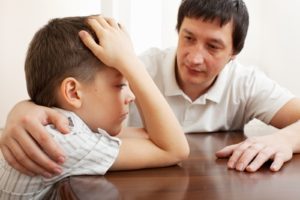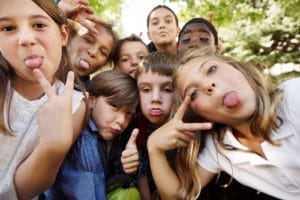Type “bullying” into a Google search and over 67 million results appear. Refine your search to “bullying” and “children’s mental health” and you’ll still find over 27 million articles. As most parents know, bullying is a frequent and unwelcome part of childhood and adolescence, and can have a negative impact on a child’s mental health. What do you do when you suspect your child is being bullied or bullying others? The Mayo Clinic provides a resource for parents and recommends looking for these warning signs to determine if your child is being bullied:
- Damaged or missing clothing or other personal belongings
- Unexplained bruises or other injuries
- Few friends or close contacts
- Reluctance to go to school or ride the school bus
- Poor school performance
- Headaches, stomachaches or other physical complaints
- Trouble sleeping or eating
The Mayo Clinic also includes actions on what to do if your child is being bullied here.
As you look deeper into the topic though, there’s also a mental health issue associated with someone else – the bully. A 2012 article on the American Academy of Pediatrics website noted how “Children diagnosed with mental health disorders were three times more likely to be identified as bullies.” So what to do about the bully? Communities In Schools takes a unique approach for working with kids who bully. “When students are angry and frustrated, with little hope for their future, they act out. Communities In Schools makes sure that these young people, often beaten up by life, are made to feel valued and shown they have positive options.”
Does this mean all children contending with a mental, emotional, or behavioral disorder are bullies? No. Unfortunately, these children are often the target of bullying. But recognizing that bullies may be struggling with their own mental health disorder, which causes them to take it out on others, could be a step in delivering care that helps everyone involved.









